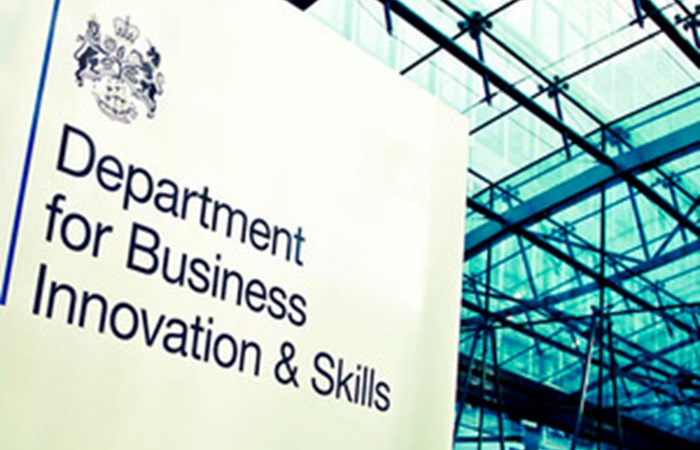Department for Business, Innovation and Skills

The government has consulted on which important public services should be covered by the new thresholds.
Having analysed more than 200 responses to the consultation, the government has found evidence of public service users being significantly disrupted by strikes. These have taken place with the backing of only a small proportion of union members.
For example, a strike in the education sector in 2014 organised by the National Union of Teachers was held on the support of just 22% of their members in a 2012 ballot.
Industrial action in specific services in the fire, health, education, transport, border security and nuclear decommissioning sectors will require the support of at least 40% of all those entitled to vote in the relevant ballot.
Ballots will also require at least 50% turnout in order to be valid.
Employment Minister Nick Boles said:
When strikes disrupt important public services that we all rely on day-in, day-out, it is important the public can have confidence strikes were backed by a reasonable proportion of union members.
These new thresholds ensure the right to strike is fairly balanced with the right of people to be able to go about their daily lives and work.
Regulations specifying exactly which important public service roles will be covered by the 40% threshold in the fire, education, health, transport, and border security sectors will be developed and brought forward as secondary legislation.
The government has carefully reviewed the evidence collected during the consultation, and will therefore amend clause 3 of the Trade Union Bill to remove the broad reference to ancillary workers being subject to the 40% threshold.
The government has considered the responses received in relation to the 40% threshold applying to union members working in nuclear decommissioning.
Nuclear decommissioning is a complicated heavy industry where the 40% threshold can be an important safeguard for tackling the UKs civil nuclear legacy safely, securely and cost-effectively.
Further work is being carried out to better understand the complexities in the industry, to ensure the 40% threshold is focused on the services where strike action could have the most significant impact on the public. This will be completed before regulations are brought forward.
